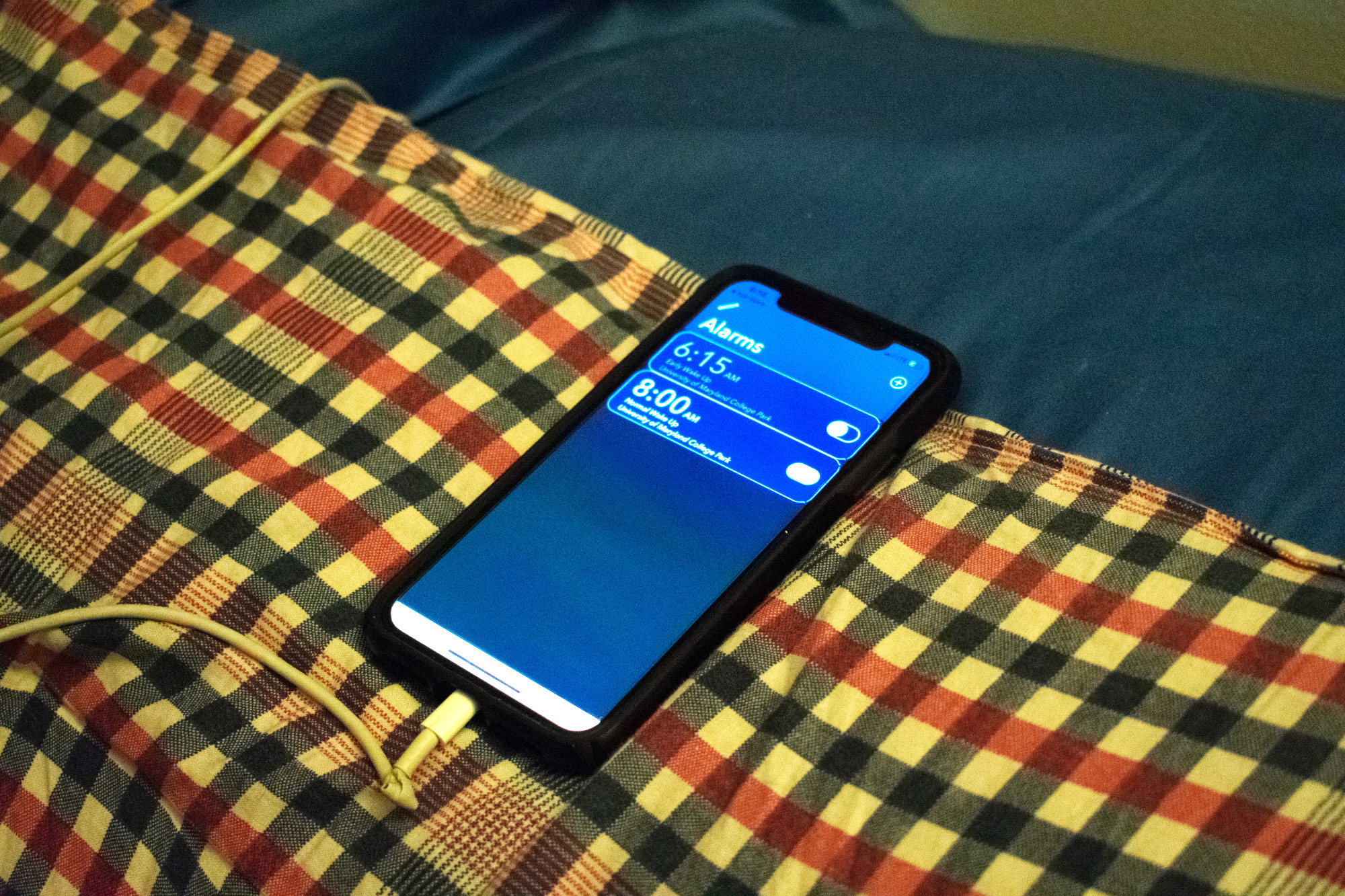Views expressed in opinion columns are the author’s own.
Every year, we change our clocks in the fall and spring to account for daylight saving time — even if we’re unsure why we do it. While an hour may seem to be an inconsequential change, this subtle fluctuation in our natural wake and sleep hours can have a profound impact on individual health and public safety. To address these concerns, Maryland and other states across the nation have drafted or passed legislation to make daylight saving time permanent.
The historical purpose of daylight saving time was to optimize usage of daylight. In the spring, we change our clocks to extend daylight in the evening. In the fall, the reverse occurs to yield an “additional” hour of daylight in the morning. Throughout the year, this grants individuals more time for leisure activities during the summer months, and benefits workers and businesses during the winter months when morning daylight is scarce.
While this may seem reasonable, this rationale is antiquated, especially when you consider the underlying consequences of this abrupt transition. The most obvious one is sleep deprivation, which disrupts the delicate hormonal balances that are essential to regulating our appetites and our emotions. This can lead to increased cravings and mood swings, exacerbating a wide variety of negative emotions such as depression and anxiety.
However, as college students, we’re all probably familiar with sleep deprivation and it’s easy to discredit one sleepless night as a legitimate concern. After all, we’ve all pulled that one all-nighter or procrastinated too long and felt tired but mostly fine, the next day. What’s the worst that could happen?
The oft-neglected part of this issue is that it doesn’t just affect us for one day. After setting our clocks forward, our circadian rhythms are affected for the next few days. Instead of waking up at 9 a.m. every day — as you did for the last 8 months — we’re instead waking up at our old 8 a.m., and we’re sleeping at a similarly shifted time as well.
Your body needs to take time to adjust to these changes. Research has indicated that physiological issues can persist for a few days after a change. For example, the heart has a very delicate circadian rhythm and is sensitive to deviations such as those induced by daylight saving time.
According to one study, there are 24 percent more heart attacks the Monday after daylight saving, corroborating other research that has found daylight saving time to present serious health risks. Further research has shown that all of the cells in our body have a time-keeping mechanism and disrupting this can lead to an increased risk of weight gain and Type 2 diabetes.
All of these health issues can compound and have a general impact on public safety. In the week following the transition, fatal car accidents in the United States increase by six percent and workplace-related injuries also become more prevalent. While a one-hour shift may not seem significant to a college student, for individuals whose jobs require a high level of attention this can be the difference between life or death.
There’s no reason that we should unnecessarily endanger our health and the safety of the public by retaining this arbitrary transition. For now, the best we can do is take preventative measures to ensure that we don’t become one of these statistics. But ultimately, these issues are all avoidable by simply abolishing this antiquated practice.
Kevin Hu is a sophomore physiology and neurobiology major. He can be reached at kevxhu@gmail.com.



